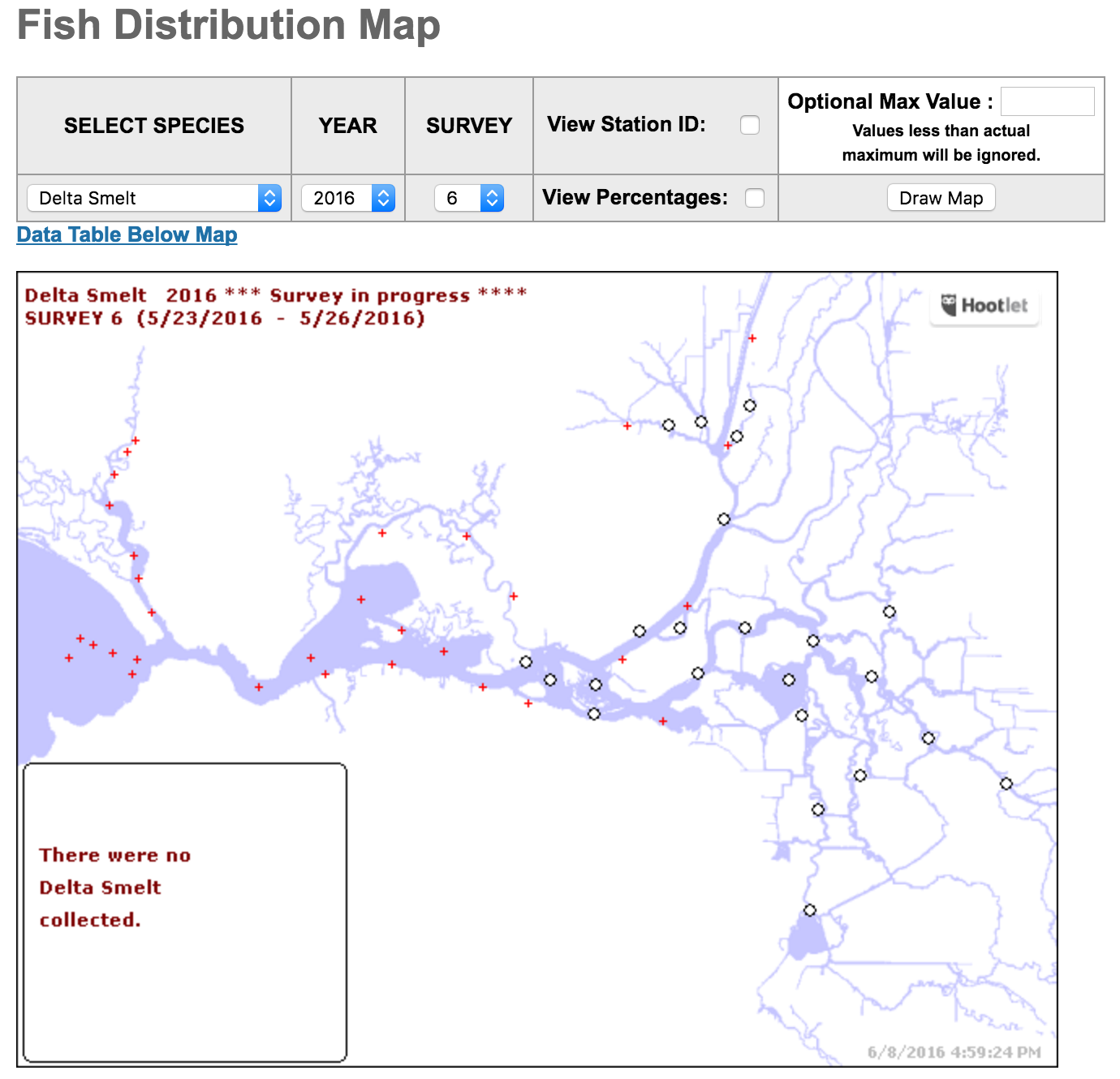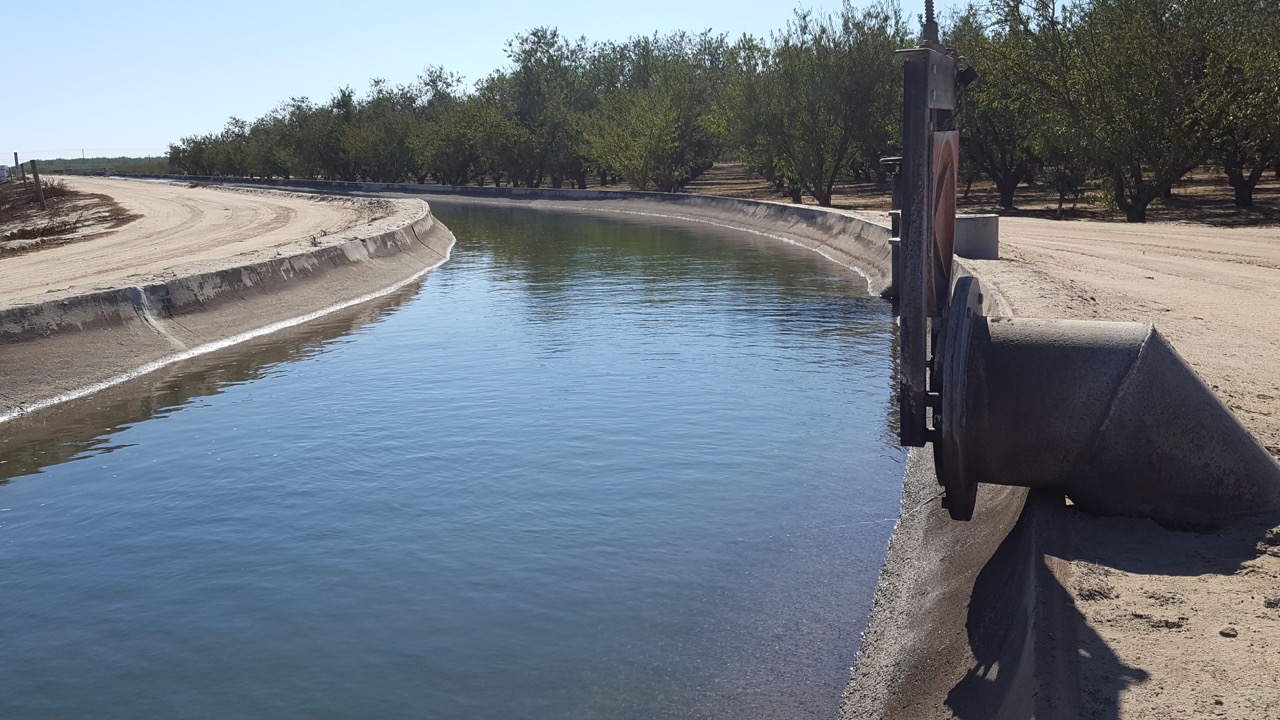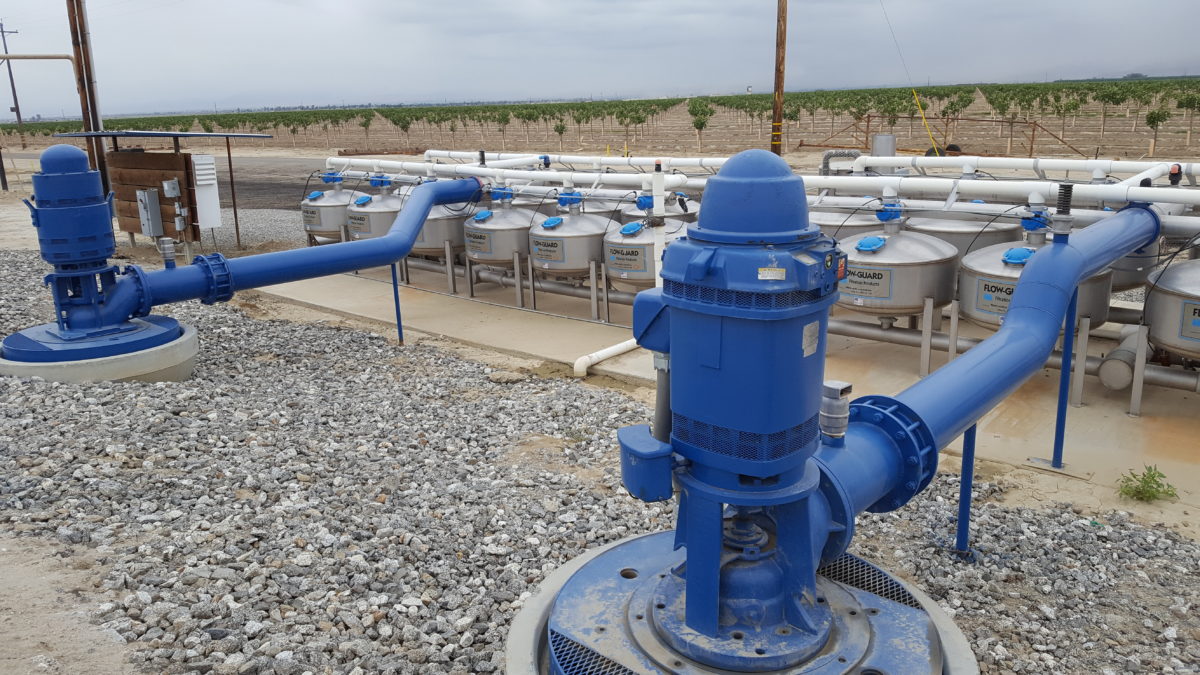Statement on the Bureau of Reclamation’s Initial 2023 Water Supply Allocation for the Friant Division
By Alex Biering
Today, the Bureau of Reclamation announced that initial water supply allocations for the Friant Division contractors and the San Joaquin River Restoration Program. Friant Division Class 1 contractors will receive 100% of their contract supplies from Millerton Lake, equivalent to 800,000 acre-feet of water; Friant Division Class 2 contractors will begin with a 20% allocation, representing about 234,000 acre-feet. The San Joaquin River Restoration Program will receive a “wet year” allocation of about 556,500 acre-feet of water to support habitat and spawning conditions for returning salmon. Coming on the heels of three dry years (two of which required releases from Friant Dam to meet Exchange Contractor demands), these allocations are excellent news for the communities and farms in the Friant Division and on the eastside, as well as for the river restoration effort which had to halt flows last year due to the drought. We are encouraged by Reclamation’s confidence in water availability for the 2023 water year and appreciate the early allocation announcement, as it helps farmers and water managers plan for planting crops or implementing recharge projects throughout the remainder of the season.


















